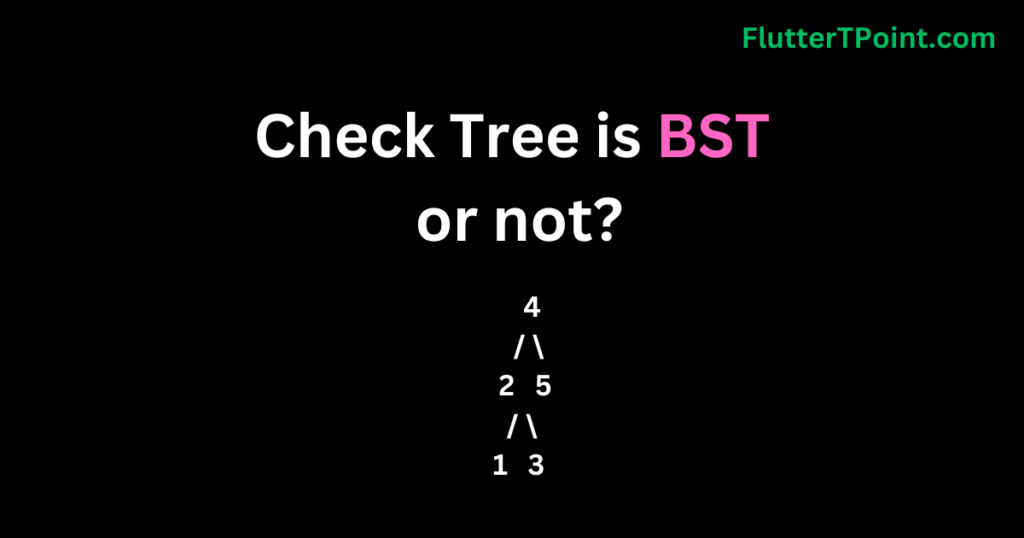The Next Permutation in c++ algorithm is used to generate the lexicographically next permutation of a sequence of elements. It rearranges the elements into the next lexicographically greater permutation, allowing us to iterate over all possible permutations of a sequence.
Here’s an example implementation of the Next Permutation algorithm in C++:
#include <algorithm>
#include <iostream>
#include <vector>
void nextPermutation(std::vector<int>& nums) {
int n = nums.size();
int i = n - 2;
// Find the first decreasing element from the right
while (i >= 0 && nums[i] >= nums[i + 1]) {
i--;
}
if (i >= 0) {
// Find the next greater element than nums[i] from the right
int j = n - 1;
while (j > i && nums[j] <= nums[i]) {
j--;
}
// Swap the elements at positions i and j
std::swap(nums[i], nums[j]);
}
// Reverse the sequence from i+1 to the end
std::reverse(nums.begin() + i + 1, nums.end());
}
Let’s go through the code step by step:
- The function
nextPermutationtakes a reference to a vector of integersnumsas input. - We initialize a variable
nwith the size of the vectornumsand a variableiwithn - 2. The indexirepresents the element from the right that is the first decreasing element in the sequence. - We enter a while loop to find the first decreasing element from the right. The loop continues until
ibecomes less than 0 or the element at indexiis less than the element at indexi + 1. - If we found a decreasing element (i.e.,
iis greater than or equal to 0), we proceed to find the next greater element thannums[i]from the right. - We initialize a variable
jwithn - 1and enter another while loop. The loop continues untiljbecomes greater thanior the element at indexjis greater thannums[i]. - Once we find the next greater element at index
j, we swap the elements at positionsiandj. - After the swap, we need to make sure that the remaining part of the sequence after position
iis in ascending order. To achieve this, we reverse the sequence from indexi + 1to the end using thestd::reversefunction from the<algorithm>library.
That’s it! After calling the nextPermutation function, the vector nums will be modified to contain the lexicographically next permutation.
Here’s an example usage of the Next Permutation function:
int main() {
std::vector<int> nums = {1, 2, 3};
nextPermutation(nums);
for (int num : nums) {
std::cout << num << " ";
}
std::cout << std::endl;
return 0;
}
The output of this code will be:
1 3 2
Thank you for visiting the FlutterTPoint. Hope you understand the Next permutation in easily with confident.
Here are more suggestion for you:
Suggestions:
Factorial of a Number Full Explanation With Examples
Check Tree is a BST or not Full Explanation
Postorder Traversal in Binary Search Tree With Full Explanation
Preorder Traversal In Binary Search Tree Full Explanation With Example
Inorder Traversal in Binary Search Tree Full Explanation
Binary Search Tree Traversal With Full Examples And Explanation
Difference Between Binary Tree and Binary Search Tree With Complete Examples
Searching in Binary Search Tree With Full Explanation
Binary Search Tree With Full Explanation And Examples
Minimize the maximum difference between heights
Write a program to cyclically rotate an array by one
Find the Union and Intersection of the two sorted arrays
Move all the negative elements to one side of the array
Next Permutation in c++ || FlutterTPoint With examples
Kth max and min element of an array
Kadane’s Algorithm In JavaScript With Example
Find the Maximum and Minimum element in an Array
Sorting An Array In JavaScript












